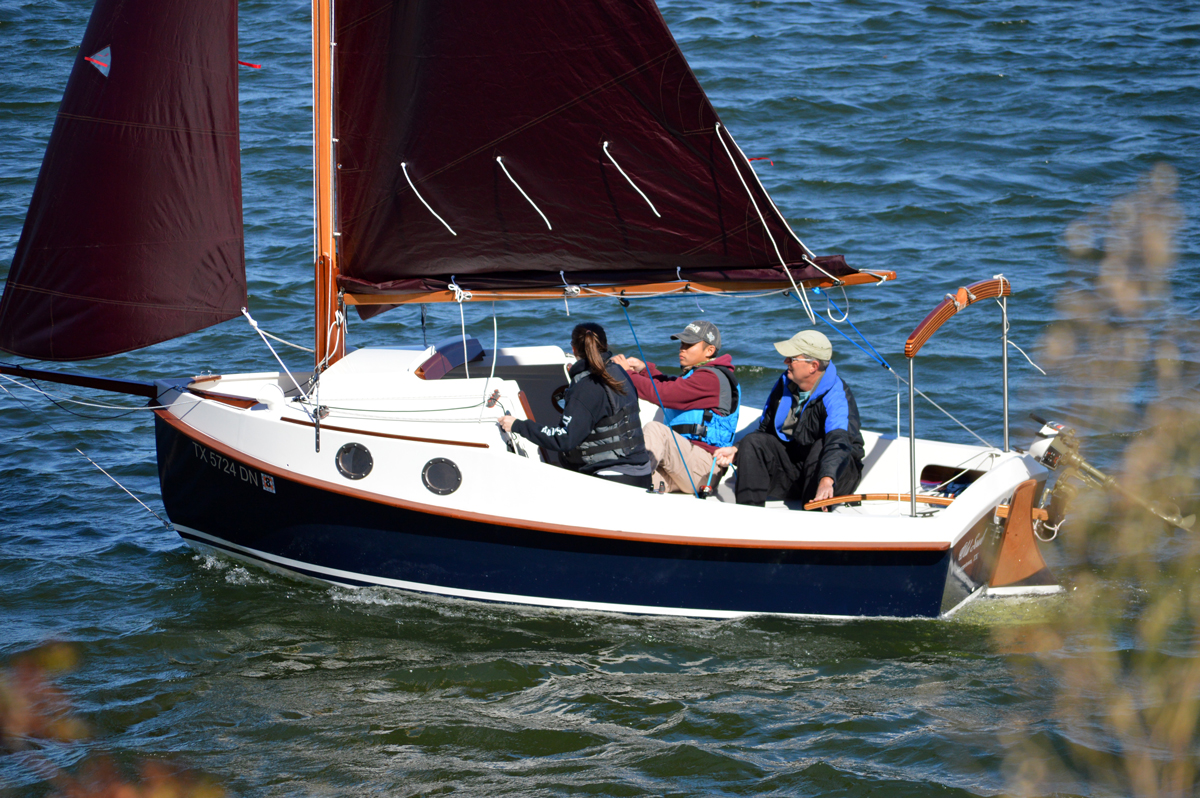After assembling the steamer box using a 5' x 4" PVC pipe with end caps, I ran the steam generator at 212 degrees as a test for over an hour with no ill effects to the pipe.
Just in case the pipe might sag in the middle, and to keep it from rolling I cut a groove down the middle of a 3' board and placed it under the pipe. A block under the front end of the board causes water to flow to the drain hole at the rear end of the pipe, the end where the steam hose connects.
Rather than drill holes in the sides of the pipe and put dowels in to support the stringer, I simply placed several small blocks inside. The stringer is sitting on the blocks, so that steam can reach all sides. There is also a block supporting the thermometer--probably not necessary.
The end cap has been screwed in place and the steam generator started. You might be able to see a small hole in the cap to allow excess steam to escape.
Luckily I had a set of very long tongs which were helpful in removing the stringer after steaming for an hour. The green sponge is to catch a small amount of water that flowed around the side of the end cap. I decided not to glue the end caps on because I do not know how the heat will effect the glue, and so I can use the same end caps with different lengths of pipe.















